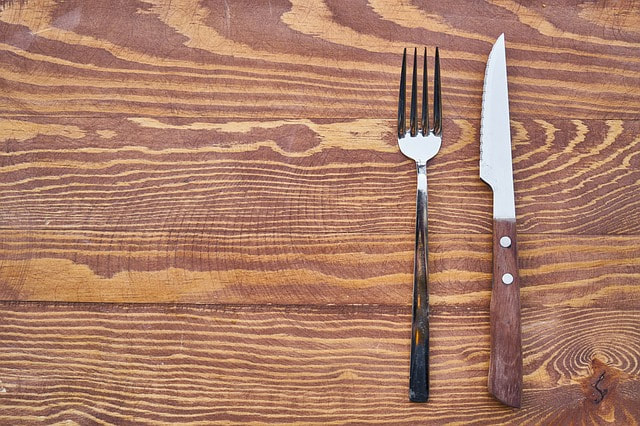|
March is National Nutrition Month, and this year’s theme of “Go Further With Food” got us thinking. Though creating opportunities to encourage families to prepare, plan and avoid common pitfalls that impact our food choices is powerful, are we really “going further?” As nutrition professionals, we often focus on the many benefits and functions of food – like which leafy greens are the most nutritious, or how many servings of veggies to eat – and tips to make better choices. But too often, we don’t spend enough time talking about the context of food and why we make the choices we make. Are we asking enough of the “why” questions? Eating nutritiously has enormous positive impact on our health, but what factors really make that attainable for everyone? We know that poverty and food-insecurity make it much more difficult to lead a healthy lifestyle. Low-income communities are at a disadvantage because many lack access to full-service grocery stores, farmers markets, or other outlets for fresh and nutritious food options. Traveling to these destinations can be expensive and time-consuming, which decreases the viability of these options. Furthermore, fast food is often readily available in many low-income areas, and many companies take part in predatory marketing practices to target underserved communities with ads for empty calorie and high sugar content foods and beverages. There is a biological component we must consider as well. Why do some people make unhealthy choices, even if healthier options are made available? When people struggle to put food on the table, it can lead to a cycle of hunger, overeating, and sacrificed nutrition choices. Many living in poverty have to skip meals. This is especially true for parents who restrict their food intake so their children can eat. The sensation of hunger and its impact is profound. This food deprivation can lead to overeating when food is available. Your body drives you to eat what you can, when you can, and drives you to high-calorie foods. Any restriction, such as dieting, can have this consequence as well. Ellyn Satter describes this cycle in her hierarchy of food needs. But is there more to the story? Is access to food enough? It seems that poverty, scarcity and stress not only impact you on a physical level, but an emotional level also. Priya Fielding-Singh recently described some of the emotional needs found in her research: parents may choose unhealthy options to offer a needed indulgence, one of the few they can afford. Food represents so much more than calories and chemistry. Poverty and food-insecurity are taxing on both the body and mind. Stress and mental health issues can arise with financial issues. These issues are forcefully intertwined with eating habits and physical activity. When we encourage others to “Go Further With Food,” those words are meaningless without the work needed to lift up those living in poverty and all forms of oppression. Stay tuned to our blog, Facebook and Twitter all month long as we explore the relationship between poverty and nutrition. This National Nutrition Month, we invite you to join us in finding meaningful solutions to make nutrition a reality for everyone. “What's important to recognize is that in the U.S. today, tens of millions of kids start life on a uneven playing field. Imagine having to try to run a race if you started ten yards behind everyone else, hadn't eaten breakfast that morning, or maybe even dinner the night before, had slept in your third homeless shelter that month and didn't have shoes that fit right. Catching up would be really, really hard. With almost 32 million American kids living in low-income families, that means four out of ten runners are starting far back.” - Chelsea Clinton
1 Comment
|
Pinnacle Prevention BlogFollow our blog for tips, insights and conversations about healthy living. Archives
June 2024
Categories
All
|
Location |
|



